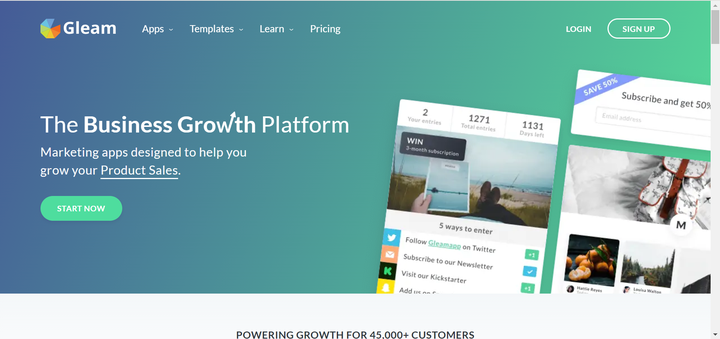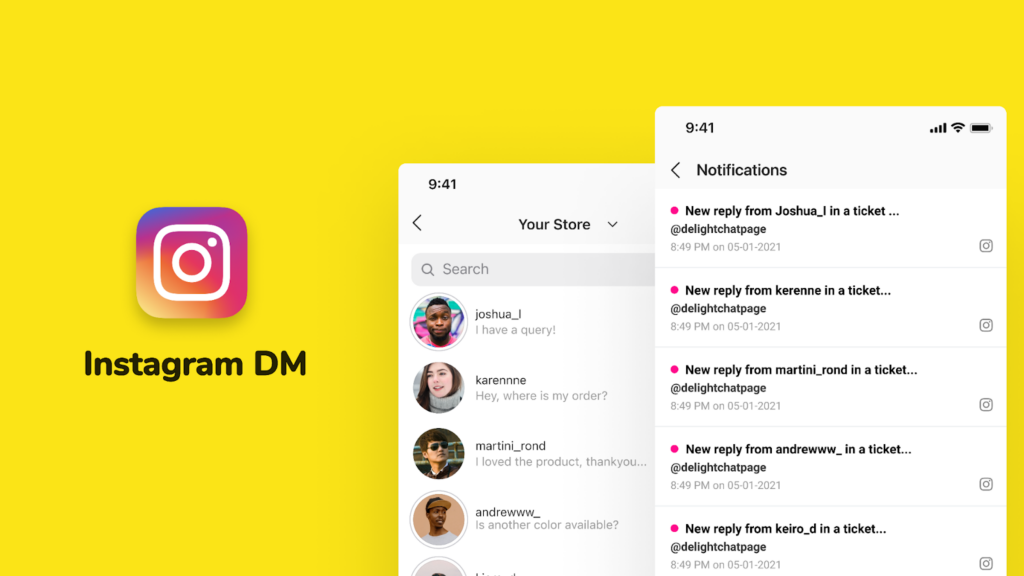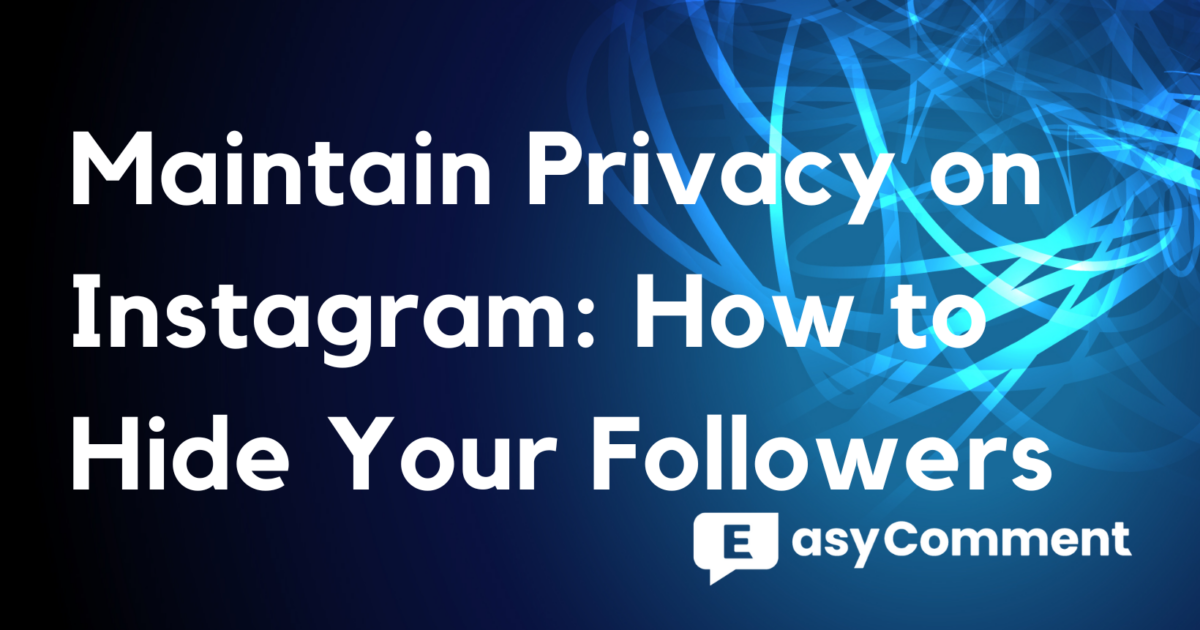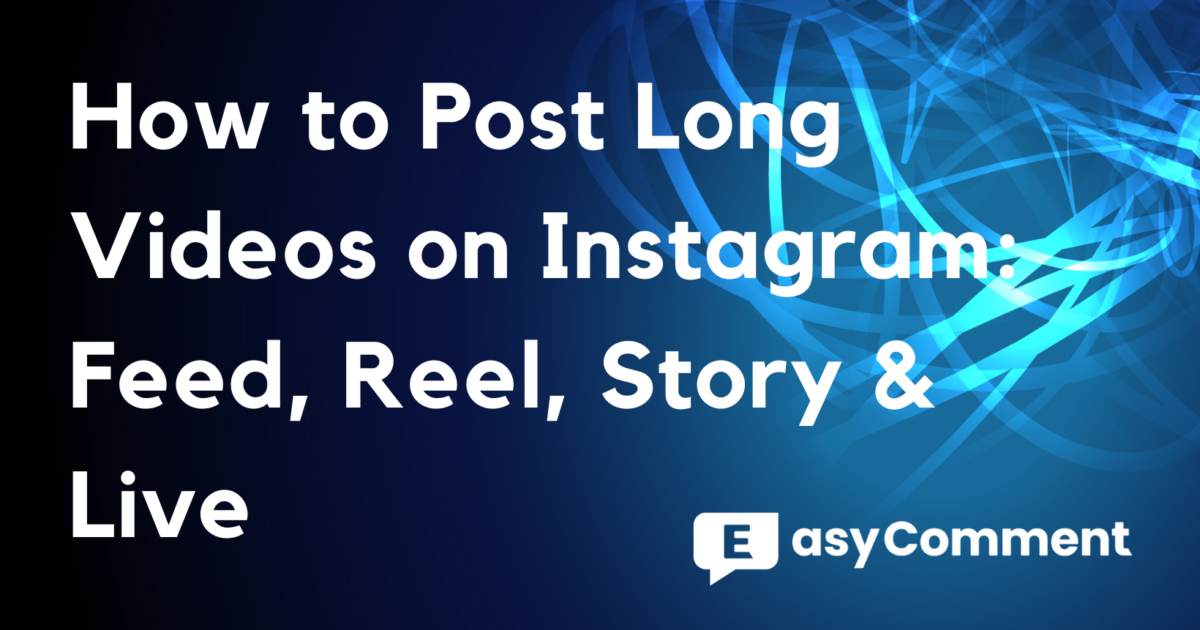Choosing the best platform for live streaming can be a daunting task for content creators. Twitch and YouTube are two titans in the streaming world, each offering unique benefits and challenges. Twitch, launched in 2011, quickly established itself as the go-to platform for gaming content, boasting over 140 million monthly active users by 2023. On the other hand, YouTube, initially known for pre-recorded videos, has significantly expanded into live streaming, reaching a massive audience of 2.49 billion monthly users in 2023. This leaves many streamers wondering: which platform should they choose?
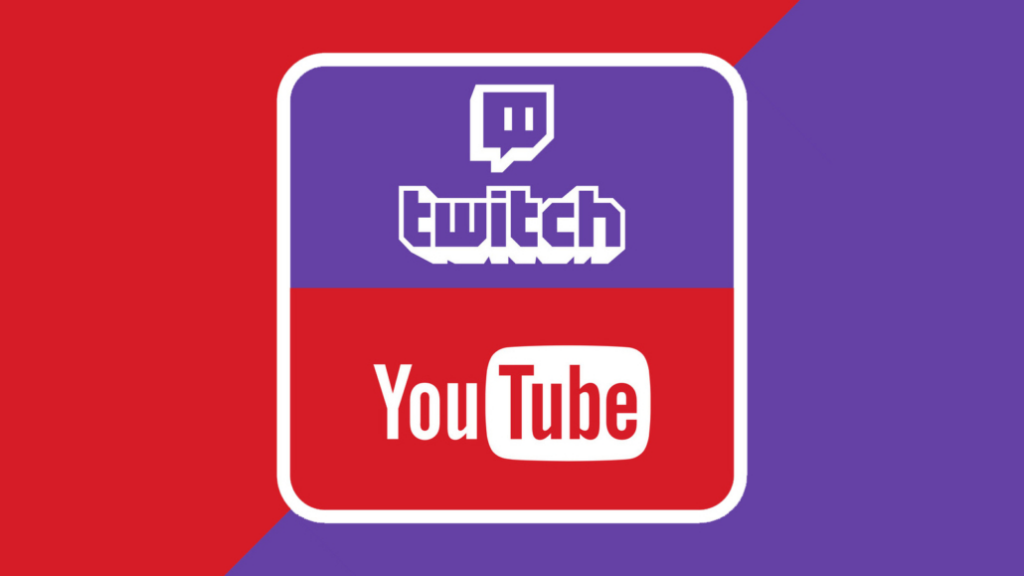
Twitch vs YouTube: What’s the Difference?
Twitch has long been the dominant force in the streaming space, primarily because it mastered the art of live streaming first. In contrast, YouTube, which has always excelled in the content hosting domain, allowing users to upload and share video-on-demand (VOD) content, began to integrate live streaming in 2011. Over the past few years, YouTube has made significant strides, positioning itself as a formidable competitor to Twitch in the live streaming arena.
Platform Overview:
Twitch: Known for its immersive live streaming experience, Twitch has cultivated a massive community of gamers and viewers. With its dedicated focus on live content, Twitch provides a dynamic and interactive environment for real-time audience engagement.
YouTube: While YouTube started as a platform for pre-recorded videos, it has expanded significantly into live streaming. With an extensive user base and integration with Google services, YouTube offers a versatile platform for content creators, supporting both live and pre-recorded content.
Monetization and Partnership Programs:
Twitch: Twitch’s Affiliate and Partner programs enable streamers to monetize their content through subscriptions, bits, and donations. These programs provide streamers with various revenue streams and additional benefits upon achieving Partner status.
YouTube: The YouTube Partner Program allows content creators to earn money through ads, channel memberships, and super chats. To qualify, creators need to meet specific criteria, such as accumulating 1,000 subscribers and 4,000 watch hours in the past year.
Technical Capabilities and Features:
Twitch: Twitch excels in providing low-latency streaming, ensuring a seamless experience for both streamers and viewers. Its interactive chat feature allows for real-time engagement, and the platform’s unique “raiding” culture helps streamers grow their audiences by transferring viewers to another stream at the end of a session.
YouTube: One of YouTube’s advantages is the ability to upload pre-recorded videos, allowing creators to produce polished and edited content. YouTube’s powerful search engine and customizable thumbnails enhance discoverability, making it easier for new creators to gain visibility.
Audience Engagement and Community:
Twitch: Twitch boasts a strong community vibe, with viewers deeply engaged in real-time interactions during live streams. The platform’s culture is enriched by emotes and memes, creating a unique and cohesive community atmosphere.
YouTube: YouTube’s reach extends beyond gaming, offering opportunities for creators to diversify their content. From tutorials and vlogs to music and entertainment, YouTube’s broad audience and extensive SEO capabilities help creators connect with a wider range of viewers.
Growth Potential and Discoverability:
Twitch: Discoverability on Twitch can be challenging for new streamers due to the platform’s emphasis on popular channels and the lack of an algorithm to promote new content. Streamers often need to be creative and leverage other platforms to build their audience.
YouTube: YouTube provides better growth opportunities for new creators through its powerful algorithm and SEO capabilities. These features help new content get discovered more easily, allowing creators to grow their channels organically.
Where Should I Stream: Twitch or YouTube?
Twitch: Ideal for Gaming and Real-Time Interaction
Gaming Content and Community Engagement: Twitch is the go-to platform for gamers and live content creators who thrive on real-time interaction. With its strong focus on live streaming, particularly gaming, Twitch has built a massive and dedicated community. The platform's Affiliate Program is accessible to smaller creators, allowing them to monetize through subscriptions, bits, and donations. Twitch’s unique features, such as raids, enhance community building by allowing streamers to transfer their audience to another stream at the end of their session, fostering a collaborative environment.
Real-Time Streaming Excellence: Twitch excels in providing low-latency streaming and interactive chat features, making it ideal for content that relies on immediate viewer engagement. The platform’s algorithm favors live stream content, offering more prominent exposure for dedicated live streamers. This environment is perfect for building a loyal and engaged audience, especially within the gaming niche.

YouTube: Best for Diverse Content and Discoverability
Versatile Content Creation: YouTube supports both live streaming and pre-recorded videos, making it an excellent platform for creators who produce diverse content. Whether it’s tutorials, vlogs, music, or entertainment, YouTube’s vast user base and powerful SEO capabilities help creators reach a wide audience quickly. The ability to upload high-quality pre-recorded videos allows for polished and edited content, catering to a broader audience.
High-Quality Streaming and User Experience: YouTube supports higher resolution streaming (up to 4K), making it suitable for creators who prioritize high-quality broadcasts. The platform’s user-friendly interface allows viewers to pause or rewind live streams, enhancing the overall viewing experience. YouTube’s discoverability features, powered by Google’s search engine, significantly improve the chances of new content being found by potential viewers.
For those looking to enhance their YouTube presence further, tools like the Fake YouTube Comment Generator can help simulate engagement and improve your channel's activity metrics.

Key Considerations for Creators
Goals and Monetization: When deciding between Twitch and YouTube, consider your goals and preferred monetization methods. If your aim is to build a sustainable career through monetization, YouTube’s Partner Program might be more suitable, offering multiple revenue streams such as ads, super chats, and channel memberships. On the other hand, if you are focused on community engagement and building a loyal fan base, Twitch’s interactive features and supportive community might be more appealing.
Content Type: The nature of your content plays a crucial role in choosing the right platform. For gaming-related content, Twitch provides a dedicated gaming community and features like custom emotes and badges. Conversely, for content like makeup tutorials or educational videos, YouTube’s search algorithm and broader audience may help you reach a wider and more diverse audience.
Target Audience: Consider the audience you want to attract and which platform best caters to their preferences. For instance, if you aim to attract younger viewers, YouTube might be the better choice due to its younger user base compared to Twitch.
Deciding between Twitch and YouTube for live streaming really depends on what you're looking for. Twitch is perfect for gamers and real-time interaction, while YouTube is great for a broader audience and better discoverability. Both have awesome features and monetization options. Think about your goals and audience to pick the best fit. Happy streaming!
